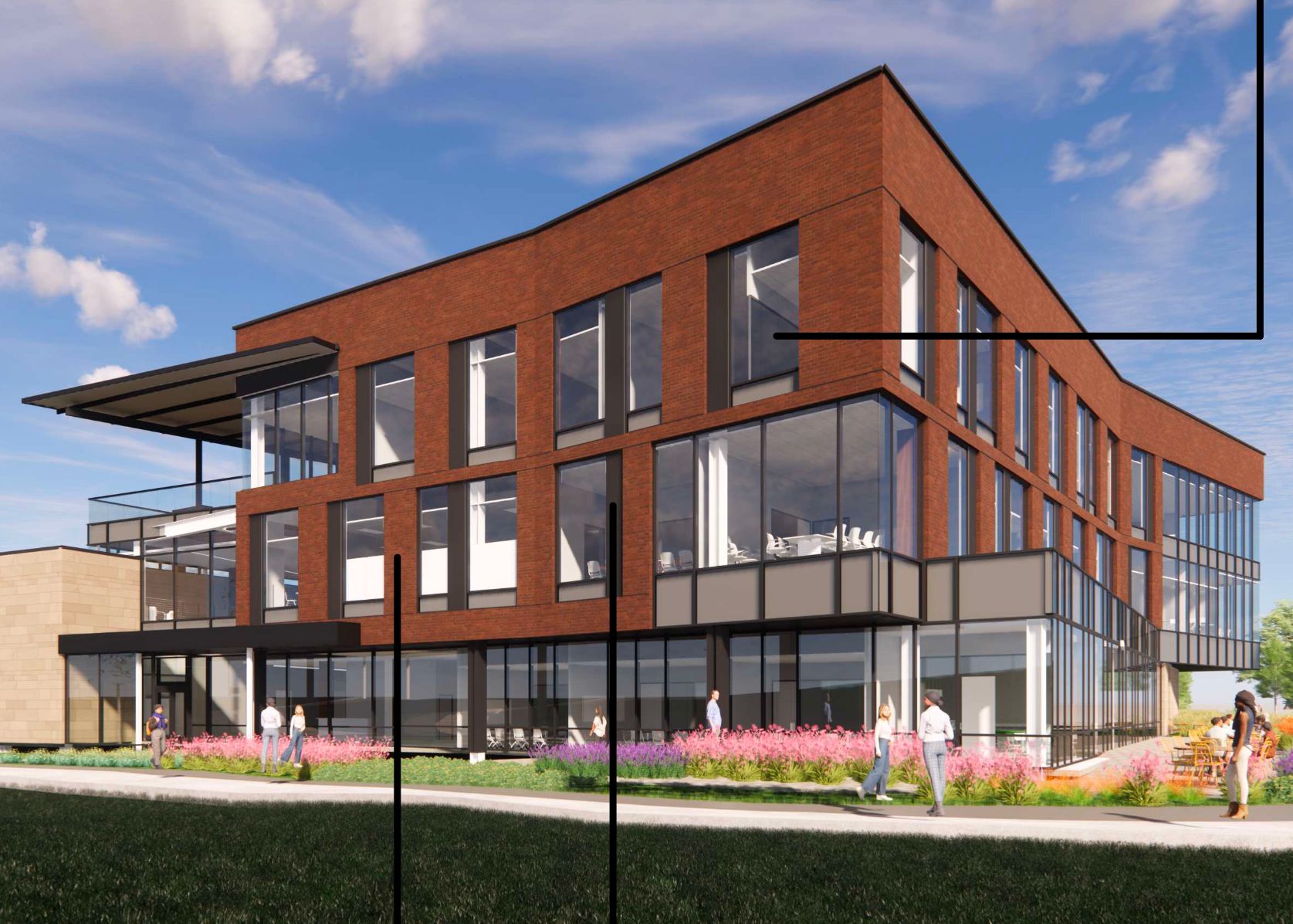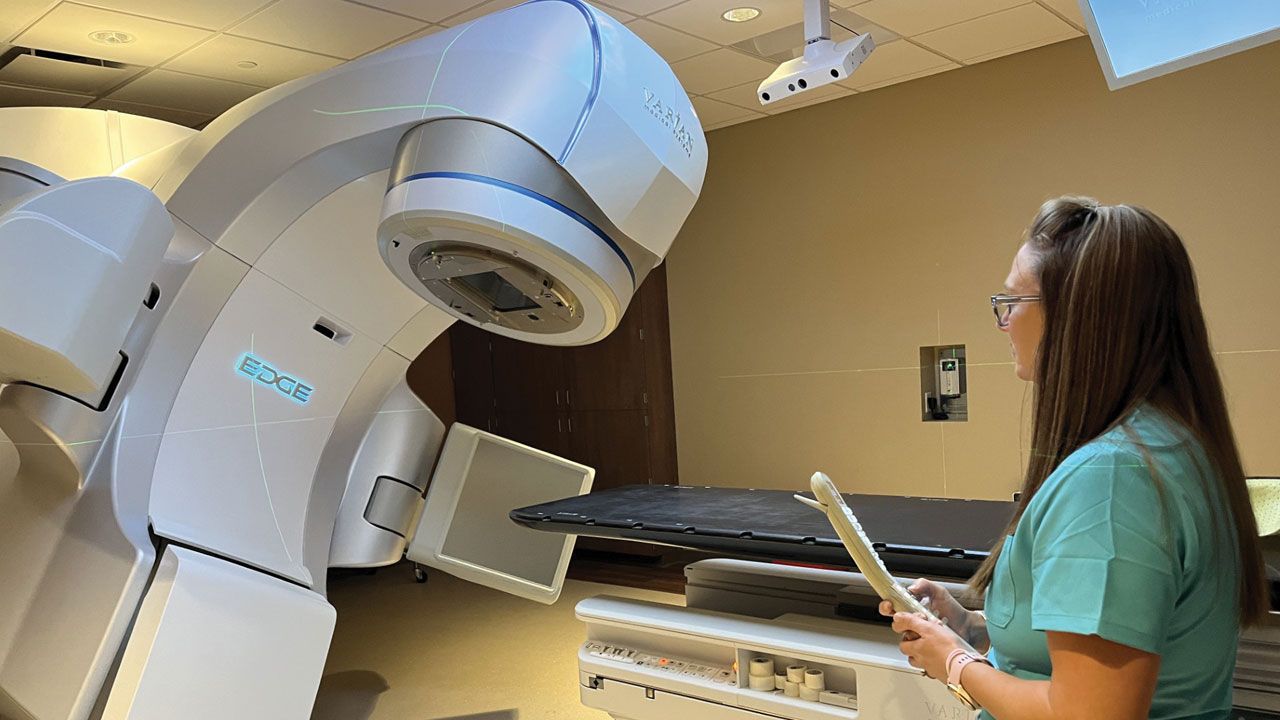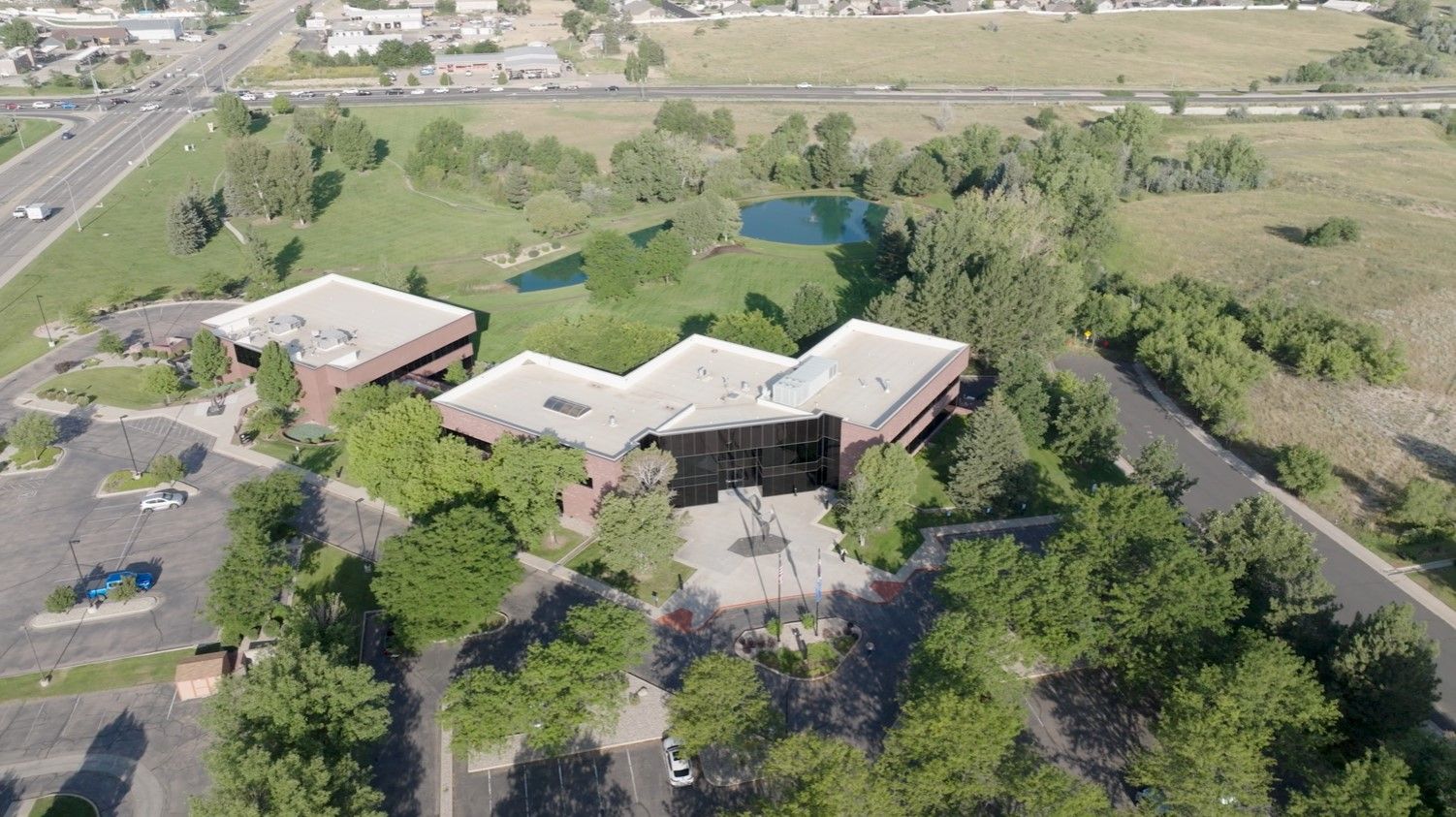UNC seeks new heights with osteopathic medical school
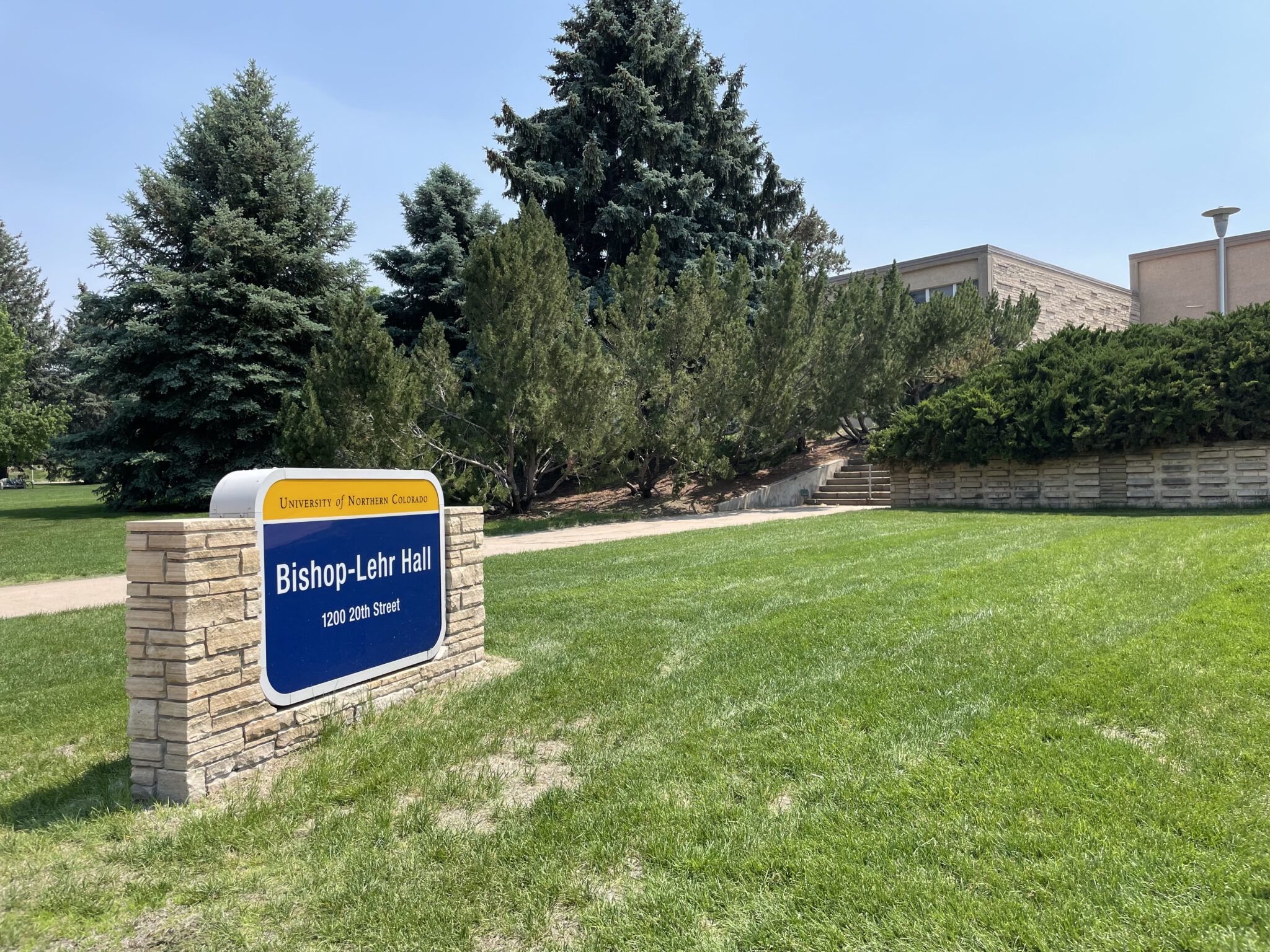
GREELEY — Andy Feinstein took over as president of the University of Northern Colorado in 2018, and he had a number of needs to address — correcting the school’s declining enrollment, stabilizing its financial situation, improving its infrastructure and planning for the future.
At that time, UNC trustees were considering a proposal to create an osteopathic medical school at the university. Feinstein was interested but decided to put that on the backburner while he focused on the immediate priorities.
Four years into his presidency, the timing is finally right. UNC is pursuing the creation of an osteopathic medical college that, if things go according to plan, would accept its first class of 150 students in the fall of 2025.
SPONSORED CONTENT
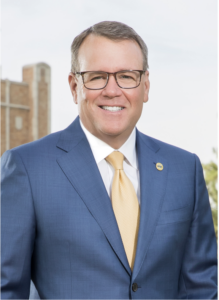
Much work still needs to be done: facilities built, faculty hired, funds raised. But UNC is poised to create something that could push the university to new heights, alter the city of Greeley forever and address the growing need for medical professionals in the region.
Northern Colorado’s population and economy are growing exponentially, which has created a higher demand for medical services and the need for more medical professionals in the area.
“When I arrived, I was intrigued,” Feinstein told BizWest. “But after a couple of meetings and conversations with people around campus, I knew the initial work I had to focus on. Our initial focus was on addressing structural deficits and getting on more-sound financial footing. About a year ago, it came back up.”
After gauging the interest of campus stakeholders and the local hospitals, UCHealth Greeley Hospital and Banner’s North Colorado Medical Center, UNC conducted a feasibility study to see if an osteopathic college was viable. The study found that not only could it work at the university, but that it could help fill a vital need for more doctors as the population of Northern Colorado continues to grow.
The study found that Colorado is already facing a shortage of primary-care providers, with an aging workforce and population growth potentially adding to the strain. The report cites a study from the Robert Graham Center, a family medicine research organization, that predicts that Colorado will need a 49% increase in doctors by 2030 to adequately serve the state’s projected population.
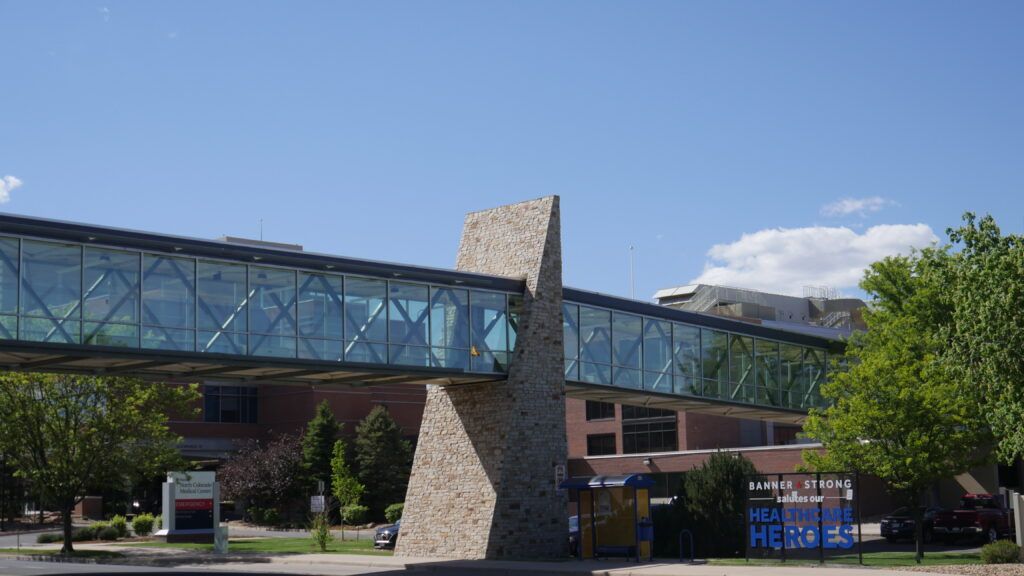
Kelly Tracer, senior media relations specialist for UCHealth, said in an email that there are a variety of factors contributing to the shortage of doctors.
“For several years, hospitals and medical clinics have had trouble recruiting excellent nurses, physicians, advanced practice providers and other health care staff members because of a nationwide shortage of health care workers,” Tracer wrote. “There are many components that have contributed to this shortage, including too few professors, limited spaces in schools, funding, and limited placements for residency and new-graduate training spots.”
UNC predicts that its osteopathic medical school could help add to the number of working doctors in the state. Indeed, the university has already established a partnership with Banner that will have a large portion of the students in the college doing their clinical rotations at NCMC. If the college hits its target enrollment of about 600 students, about 300 of those will be in rotations every year. Both UNC president Andy Feinstein and Banner CEO Alan Qualls give much credit for that to Dr. Brian Davidson, a UNC alumnus and the physician executive for Banner’s western division.
Feinstein said that Davidson was an early believer in the college’s potential, helped build the relationship between the hospital and the university, and made the partnership a reality.
“This really started with Dr. Davidson,” Qualls added. “We’re super excited. It’s going to be a great thing for Greeley and Banner. Our staff is excited. I get asked all the time when we’re taking in our first students.”
UNC had another major checkpoint to hit: The university needed approval from the Colorado General Assembly to be able to proceed. Colorado statute gives the University of Colorado exclusive rights to medical, pharmaceutical and physical-therapy education among public institutions in the state. Colorado State University has the exclusive right to teach veterinary medicine. Any exceptions must go through the legislative process.
Feinstein reached out to the leadership at other medical education institutions in the state, and they were all supportive or neutral at worst. None of them opposed UNC.
“That was very gracious of them,” Feinstein said. “That allowed us to work with the state house.”
The bill to allow UNC to teach osteopathic medicine, Senate Bill 56, was sponsored by Sens. Jerry Sonnenberg and Leroy Garcia and Reps. Mary Young and Perry Will. The bill passed both houses unanimously and was signed into law by Gov. Jared Polis in March.
“Watching the process unfold and sharing the support was exciting,” Feinstein said. “To see it pass unanimously, that was just phenomenal.”
With the legal approval in place, UNC was set to apply for applicant status with the Commission on Osteopathic College Accreditation. That is the first step in becoming accredited.
Osteopathic medical schools seeking accreditation must comply with 12 standards that were approved by the body in 2019. The standards include defining the school’s mission and governance, setting a curriculum and hiring faculty and staff.
Schools seeking accreditation must apply at least 36 months before their first class of medical students is matriculated, or enrolled. The applicant’s status is not made public, but schools may refer to themselves as seeking accreditation.
The 2019 guidelines from the Commission on Osteopathic College Accreditation requires applicants to hold at least $30 million in escrow, with some schools potentially required to hold more based on size. An additional $7.5 million, or one quarter of the escrowed funds, must be allocated to an operating reserve fund intended to serve the first class of matriculated students.
Jed Brinton, the American Osteopathic Association’s vice president of accreditation, pointed to subjective factors the accrediting body looks at when determining a school’s financial situation.
“For this, we want to see their pro forma, we want to see their capital budget, we want to see particularly, their personnel budget with a hiring plan,” Brinton said. “It’s really based on, where’s the school located? How big is the school planning to be?”
Schools that receive applicant status are then able to receive candidate status. In order to receive this status, schools must submit a candidate self-study and a feasibility study, hire founding deans at least 12 months prior to applying and demonstrate evidence of escrow accounts.
After receiving candidate status, schools are able to apply for pre-accreditation. The process to receive this status includes another self-study, a site visit at least six months prior to enrollment, and testimony from stakeholders.
After receiving pre-accreditation status, schools may matriculate up to 50% of their final student body count. Those students must then graduate within a five-year period starting when the school receives pre-accreditation status. That status must also be received prior to July 1 of the calendar year prior to the enrollment of its inaugural class.
The AOA accreditation process can take between three and five years from applicant status being granted to the matriculation of the first class of students.
“It can be challenging to do in three years; you just have to, you know, really have your ducks in a row,” Brinton said.
If all goes according to plan, UNC hopes to be accredited and accept its first group of students by fall 2025. It’s a prospect that Greeley officials find exciting, as the college could have a major impact on the economy and health care industry in the region.
Ben Snow, the director of Economic Health and Housing for Greeley, has seen firsthand how bringing in a medical school can benefit a region.
Snow worked in the town of Parker in the early 2000s. During that time Parker, Douglas County and the greater south Denver area were growing exponentially. In 2006, Rocky Vista University, a private, for-profit osteopathic medical school, came to town. That helped give Snow a working knowledge of osteopathic medicine, as well as a front-row seat to the growth and success of Rocky Vista.
“I think that helps in understanding what it could mean to bring something like that to Greeley,” Snow said. “Weld County is experiencing the same growth that Douglas County did back then. It’s reminiscent of that type of population growth. Coming along with that is the need for more medical services. It stands to reason that we need more doctors, more nurses, we need that confluence of health care and education. I felt like the timing for something like this was darn near perfect.”
Snow foresees that the college will be able to establish a beneficial relationship with the strong medical ecosystem that already exists in Greeley, including the city’s two major hospitals: UCHealth Greeley Hospital and Banner Health’s North Colorado Medical Center.
“We are looking at a really strong asset that Greeley has, which is UNC, and helping it grow its programs,” Snow said. “In terms of a workforce development pipeline, it can’t get any better than this. I think the medical infrastructure around Northern Colorado will help this flourish and attract prospective students … UNC’s job is to build a pipeline of talent. In this case, it’s very symbiotic because the way doctors are trained is a slow baton pass. It’s very important there’s a strong pipeline back and forth.”
Helping find a site for the new medical school is one way in which cooperation is manifesting. At this early stage, site selection for a facility is still a long way away. Locations on-campus, downtown and near NCMC are all being considered. The proximity of all three to each other means that any site will ultimately end up benefiting the entire area.
“The proximity between downtown and the university and NCMC is something I’ve called the ‘power triangle’ where we’ve got these important assets really close to each other,” Snow said. “Regardless of where the school is located, elements can grow from any corners of that triangle.”

Because operating the college downtown or near NCMC would require acquiring new land, the simpler solution would be to build it on-campus. The university already has a site that would work: Bishop-Lehr Hall, the former teaching high school for UNC’s education program that has sat vacant for two decades. It sits on a parcel of land at 11th Avenue and 20th Street that could accommodate a much larger building.
“There’s a lot of work that needs to happen before we decide where to put this building,” Feinstein said. “Right now, the most logical choice is the Bishop-Lehr site. We have the land. It has an optimal location in the heart of campus. It has infrastructure and parking. It’s near the library and other facilities. It’s a great option.”
However, none of the three potential locations have yet been definitively ruled out.
“We also need to be cognizant of other opportunities, including downtown Greeley,” Feinstein said. “If we could figure out a way to have a medical campus downtown, that would pose a challenge but open up a whole other set of opportunities. It would strengthen the relationship between the university and the city. We should be considerate about this, or maybe other spots around town closer to the medical campuses that we already have in Greeley.”
Much work needs to be done between now and the college accepting its first students. UNC has already secured about $6 million from donors as it ramps up fundraising efforts. The university is exploring options for public and philanthropic funding, and Feinstein is focused on ensuring those funds are in place.
“A lot of the work now is also securing the resources necessary to make this project a reality, and there’s a lot of heavy lifting ahead for us,” Feinstein said.
UNC estimates that it needs to raise a minimum of $135 million to get the college off the ground: $32 million for startup costs, $53 million to hold in escrow as a reserve fund and at least $50 million in construction costs for a medical education facility.
The person responsible for building all of this will be Dr. Beth Longenecker, who will be the college’s founding dean. Longenecker is a doctor of osteopathic medicine who was most recently dean of the Athens campus of the Ohio University Heritage College of Osteopathic Medicine.
Feinstein said Longenecker has an incredible resume and pedigree, in addition to the right personality to run what is essentially a startup.
“I found her to be a balance of knowledge, wisdom, wit, humor, approachability, excitement, enthusiasm,” Feinstein said. “We needed somebody who is not only an administrative leader, but an entrepreneur. To me, she was head and shoulders above the other applicants.”
The college will need to build a curriculum, recruit students and hire 40 to 50 doctors and employees. Longenecker will also have to work out how the medical school will overlap and collaborate with UNC’s exclusive, prestigious nursing program.
Feinstein said he feels the two could have a symbiotic relationship.
“A strong osteopathic college can create incredible synergies for other programs, particularly nursing,” Feinstein said. “We have the best nursing program in the state. I want to take full advantage of that, so when nurses come here they experience working with future doctors, even in the same facility.”
Answering those questions and more will be the focus of Feinstein and Longenecker as they work to get the college off the ground. The next few years will be filled with planning, recruiting, negotiating, and lots of fundraising. If all goes according to plan, that process will culminate in a school that could change the face of the university and the city.
“I love telling the story and sharing why this is important to Greeley and Weld County and our university and Colorado,” Feinstein said.
GREELEY — Andy Feinstein took over as president of the University of Northern Colorado in 2018, and he had a number of needs to address — correcting the school’s declining enrollment, stabilizing its financial situation, improving its infrastructure and planning for the future.
At that time, UNC trustees were considering a proposal to create an osteopathic medical school at the university. Feinstein was interested but decided to put that on the backburner while he focused on the immediate priorities.
Four years into his presidency, the timing is finally right. UNC is pursuing the creation of an osteopathic medical college that, if things…

